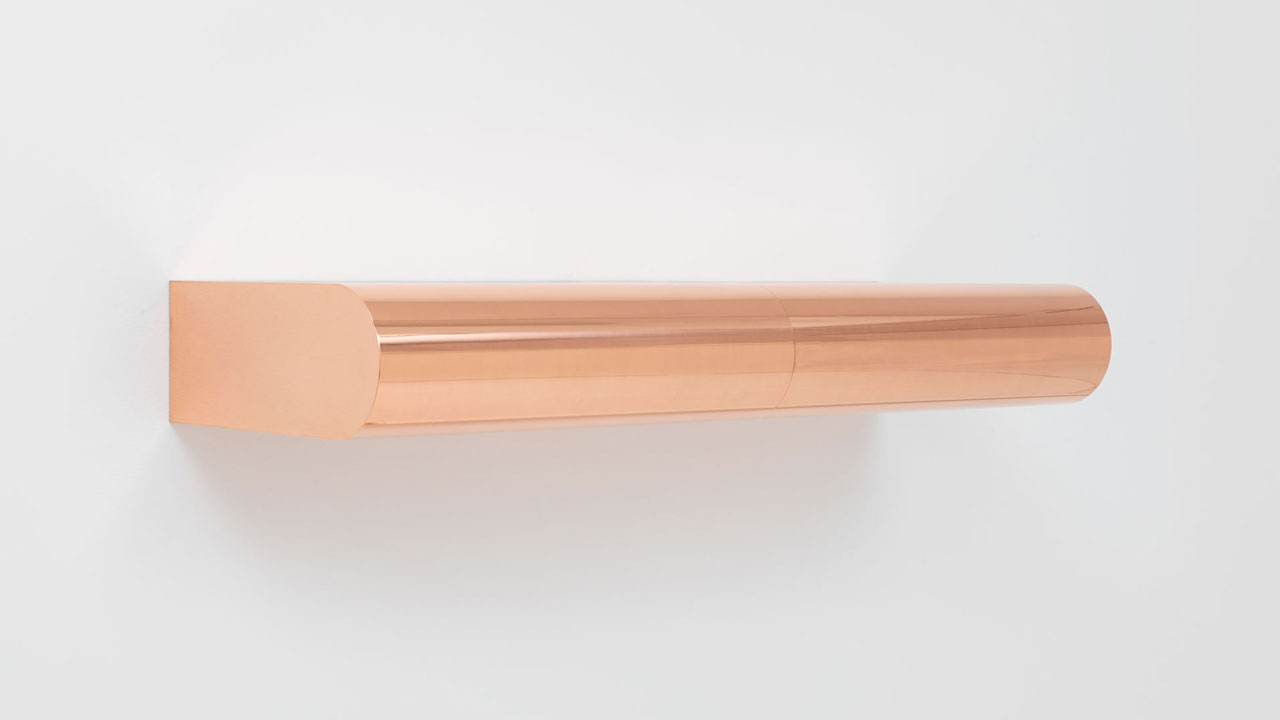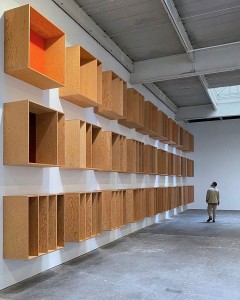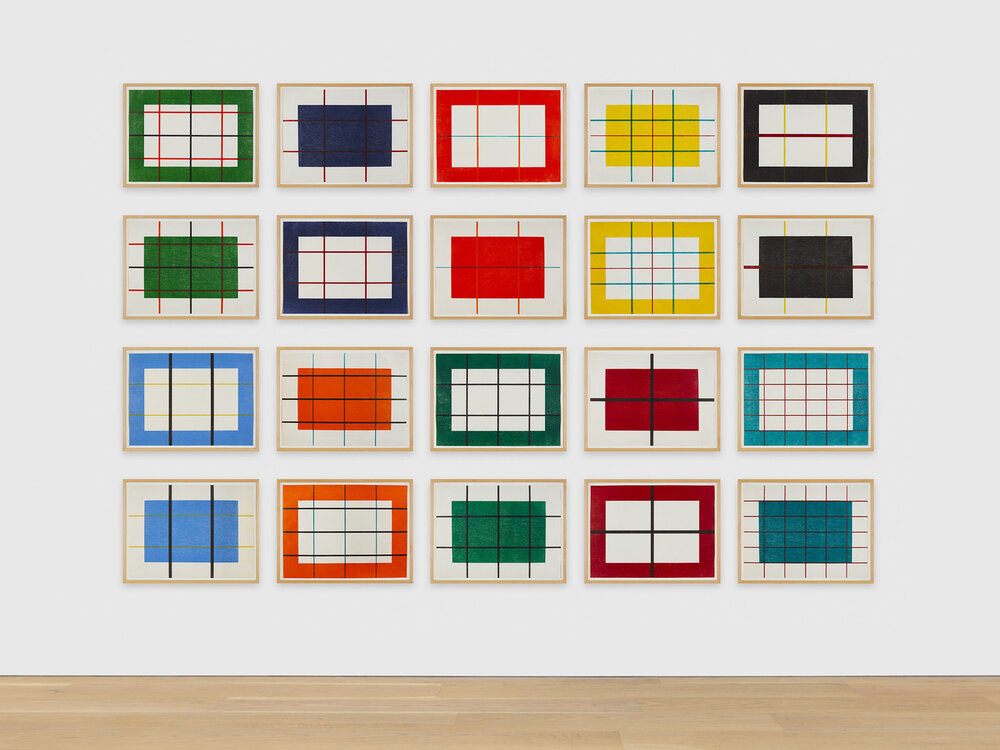ART-PRESENTATION: Donald Judd,Artworks 1970-1994
 Donald Judd was among a generation of artists in the 1960s who sought to entirely do away with illusion, narrative, and metaphorical content. He turned to three dimensions as well as industrial working methods and materials in order to investigate “real space”. To Judd, his works, which he called “specific objects,” were neither paintings nor sculptures but simply autonomous objects which were merely self-referential since they did not represent anything else. These objects were created using everyday industrial materials with the intention of eliminating any kind of personal imprint.
Donald Judd was among a generation of artists in the 1960s who sought to entirely do away with illusion, narrative, and metaphorical content. He turned to three dimensions as well as industrial working methods and materials in order to investigate “real space”. To Judd, his works, which he called “specific objects,” were neither paintings nor sculptures but simply autonomous objects which were merely self-referential since they did not represent anything else. These objects were created using everyday industrial materials with the intention of eliminating any kind of personal imprint.
By Efi Michalarou
Photo: David Zwirner Gallery Archive

The survey exhibition “Artworks: 1970–1994” devoted to Donald Judd is be on view across all three of the David Zwirner Gallery’s West 19th Street locations in New York. With the intention of creating straightforward work without recourse to grand philosophical statements, Judd eschewed the classical ideals of representational sculpture to create a rigorous visual vocabulary that defines objects as its primary mode of articulation. The unaffected, direct quality of his work demonstrates Judd’s strong interest in color, form, material, and space, thus establishing him as one of the most significant American artists of the postwar period. Rigorously experimental, Judd would often challenge his own axioms—altering his materials, sequencing, and formats. Exceptional, but in line with Judd’s thinking about material, proportion, and color, the works in the show range from expansive installations to self-contained single units, yielding valuable new insights into his process and masterful approach to form. As the artist described it in 1987, “I’m very meticulous about the logic of my pieces. But you should only consider logic up to a certain point, because, after all, all the interesting stuff is something else”. The exhibition includes one of the artist’s largest and most intricate installations conceived of by Judd from 1986, comprised of thirty wall-mounted plywood boxes. Each box measures one meter by one meter and is backed with acrylic sheets in various colors. Last presented in New York in Judd’s 1988 solo exhibition at the Whitney Museum of American Art, where it debuted, the installation is organized according to a complex internal logic that is at once mathematical and visible. Also featured is a large-scale work from 1970 consisting of galvanized iron panels each measuring five feet tall and placed end to end flat against a wall so as to create a contiguous band along the perimeter of the room, emphasizing the gallery space as an integral component of the work. Originally created for the front room of the Leo Castelli Gallery on East 77th Street in New York, this architectural incursion engages the viewer phenomenologically. Other works present variations on some of Judd’s most recognizable forms, executed in materials such as Corten steel, copper, plywood, brushed aluminum, and enameled aluminum. These include two nearly twelve-foot-long multicolor aluminum boxes stacked vertically, a copper wall-mounted box featuring a patterned progression of divisions, and a stack of six Cor-ten steel boxes backed with black acrylic sheets with undulating internal divisions, among others.
Info: David Zwirner Gallery, 519, 525 & 533 West 19th Street New York, Duration: 5/11-12/12/2020, Days & Hours: Tue-Sat 10:00-18:00 (to schedule your visit click here), www.davidzwirner.com

